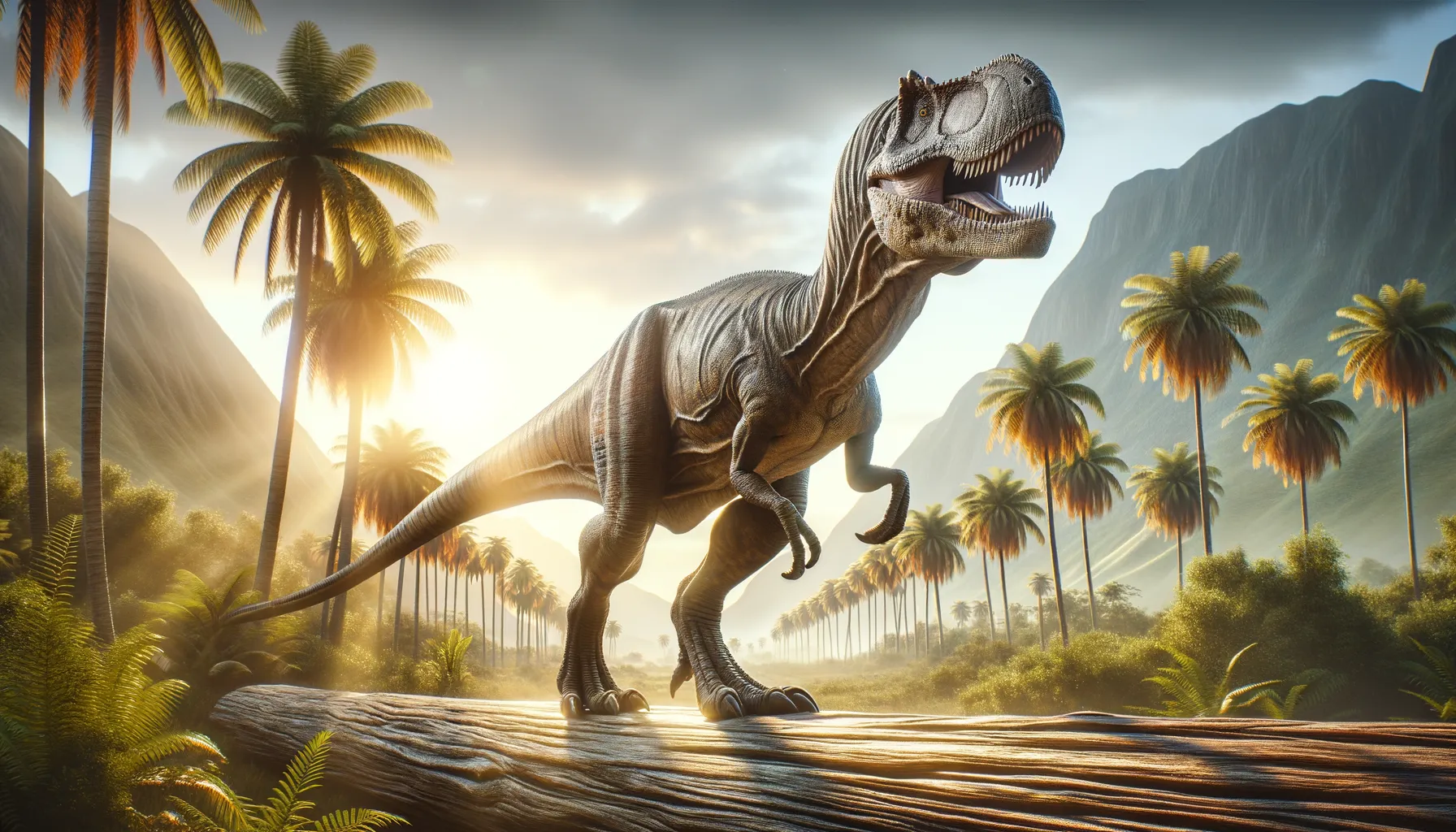
Teyuwasu
A swift survivor of the Triassic times.
Period
Triassic
Length
About 3 meters long.
Height
Around 1 meter at the hip.
Weight
Approximately 70 to 100 kg.
Teyuwasu was an early dinosaur from the Triassic period, found in what is now Brazil. It represents one of the earliest known theropods, giving scientists insight into the early stages of dinosaur evolution. Distinct for its bipedal stance, it likely roamed in search of prey or vegetation in the varied landscape of Triassic South America, adapting to the environmental pressures of the time.
Diet
Teyuwasu was likely an omnivore, feeding on small animals and insects. Its diet may have also included plants, making use of available resources.
Hunting
This dinosaur likely hunted smaller prey using its speed and agility. It may have been opportunistic, scavenging when necessary.
Environmental challenges
During its time, Teyuwasu faced a changing environment with shifting climates and landscapes. The Triassic period experienced periods of draught and temperature fluctuations. Adapting to these dynamics, Teyuwasu had to remain flexible in its food sources and habitat preferences, which might have led to its omnivorous diet.
Speed
Likely agile and quick-moving.
Lifespan
Estimated around 30 years.
First discovery
Found in Brazil in the early 20th century.
Fun Facts
- Teyuwasu is believed to have lived during the late Triassic period, around 228 million years ago.
- The name Teyuwasu means 'fierce lizard' in the indigenous Guarani language.
- Teyuwasu was a small dinosaur, with estimates suggesting it was about 2 meters long.
- It was likely a biped, meaning it walked on two legs, similar to many other early theropods.
- Fossils of Teyuwasu were first discovered in Brazil, indicating it inhabited parts of prehistoric South America.
- Teyuwasu is considered to be one of the earlier ancestors of more well-known theropod dinosaurs like T. rex.
- The exact classification of Teyuwasu is still debated among paleontologists, showcasing the ongoing research and discoveries in the field.
Growth and Development
Teyuwasu, like many early dinosaurs, may have experienced a rapid growth phase shortly after hatching. Given the competitive environment, fast growth would have been advantageous. Juveniles likely had different dietary needs compared to adults, possibly focusing more on insects and small game for additional protein.
Habitat
Teyuwasu inhabited the early Triassic floodplains and river valleys of what is now South America. The region was lush with vegetation, which supported a diverse range of fauna. The dinosaur would have had access to various water sources and shelter, essential for surviving the Triassic environment.
Interaction with other species
Teyuwasu coexisted with other early dinosaurs and various synapsid species. Its interactions likely included both competition for resources and potential predation. As an early theropod, it competed with similar-sized reptiles, which were both potential threats and food sources.
Natural lifespan
Its natural lifespan was likely around 20 to 30 years.
Reproduction
As a prehistoric reptile, Teyuwasu would have reproduced by laying eggs, likely in a nest. The number of eggs laid could vary, but like many reptiles, they might have produced several clutches in a lifetime.
Social behaviour
Teyuwasu may have displayed some form of sociality, though evidence is limited. It's possible they lived solitarily or in small groups, particularly during breeding seasons to aid in nest defense.
Fossil locations
Fossils of Teyuwasu have been primarily unearthed in Brazil. These discoveries offer crucial information about the distribution of early dinosaurs in Gondwana. They contribute to understanding the evolutionary pathway of theropods in the Southern Hemisphere.
